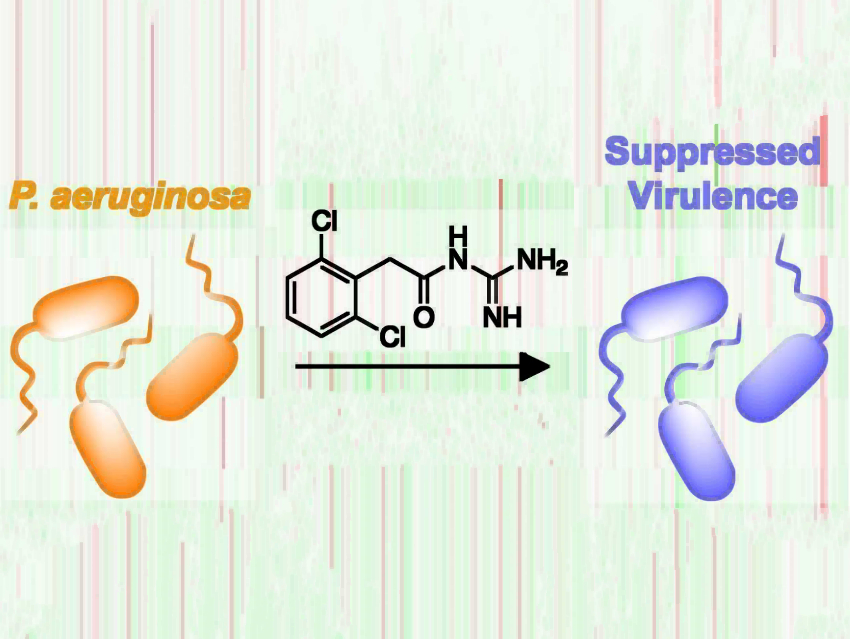Antibiotics have been indispensable in the fight against infectious disease. However, the constant use of these drugs, coupled with stagnation in the development of new antibiotics, has led to the rise of resistant bacteria. This is a major challenge for healthcare. An alternative to the repeated development of new antibiotics is the concept of “disarming” pathogens without affecting their growth, eliminating the processes that lead to resistance.
Mohammad R. Seyedsayamdost and colleagues, Princeton University, NJ, USA, have identified an anti-virulence compound that can disarm the pathogen Pseudomonas aeruginosa, a leading cause of hospital infections. The researchers screened a library of 770 drugs approved by the U.S. Food and Drug Administration (FDA). These drugs were screened for the suppression of seven virulence genes in P. aeruginosa. The team used a high-throughput elicitor screening (HiTES), a method they had developed previously. Elicitors in this context are small molecules that can (de-)activate certain genes. Guanfacine, a hypertension drug, was identified as an anti-virulence agent.
The researchers found that guanfacine reduces biofilm formation and virulence factor production without affecting the growth. of the bacteria. They identified QseC, a membrane-anchored receptor protein used by multiple pathogens to turn on virulence, as the target of guanfacine. The results suggest that guanfacine may be an attractive anti-virulence lead in P. aeruginosa. The team’s strategy could provide a template for identifying such molecules by repurposing FDA-approved drugs.
- Identification of the Hypertension Drug Guanfacine as an Anti-virulence Agent in Pseudomonas aeruginosa,
Bethany K. Okada, Anran Li, Mohammad R. Seyedsayamdost,
ChemBioChem 2019.
https://doi.org/10.1002/cbic.201900129




